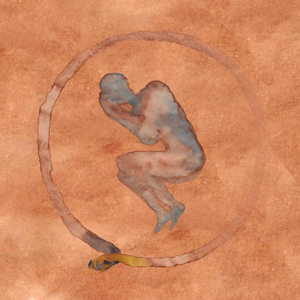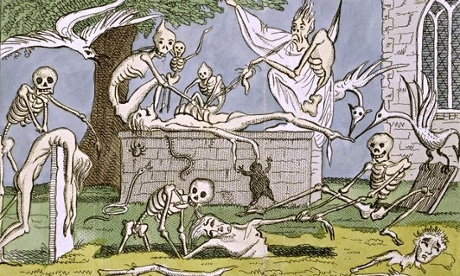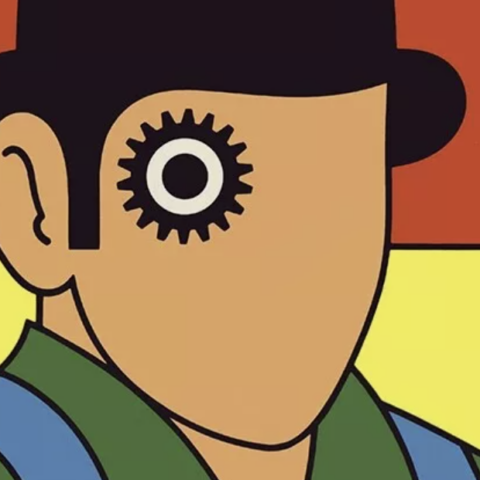AIR: Tales of the Sky
By Shannon Brien
It’s not often you find someone whose childhood wasn’t inspired by classic fairy tales such as Peter Pan or The Magic Faraway Tree.
These stories have opened us up to the sometimes mythical occurrences in the sky, whether its fairies, witches, birds, bees or a young boy who refuses to grow up. These tales have sparked our imagination and have grown to have a special place in our heart.
Since the beginning of man, stories have been a form of communication with present and future generations. From carvings on caves to printed words on paper, they have allowed a connection between the teller and the reader and have often taught us valuable life lessons, like Aesop’s Fables.
The Fox and the Crow is a famed Aesop Fable that warns against the use of flattery. The crow has found and cube of cheese and climbed to a high branch in order to eat it when a fox comes along and wonders if the crow has a wonderful singing voice as its already so beautiful. The crow, then opens its mouth to sing a tune and the cheese falls to the ground and is then eaten by the fox.
While fables have a valuable lessons to teach, mostly children’s stories serve to entertain and for the author they sometimes immortalise a memory.
J.M Barrie based the character of Peter Pan on his younger brother David who died at the age of 14, always thinking of him as the boy who would never grow up. In some ways it appears that Peter Pan and his fictional world of Neverland is an analogy for the death of children possibly serving to help Barrier deal with the loss of his brother.
Neverland is a place where fairies fly around, mermaids inhabit the water and pirates roam the seas and the lost boys refuse to grow up as this is a place where no one ages. Peter Pans influence has gone beyond our imagination, in his 1983 book, The Peter Pan Syndrome: Men Who Have Never Grown Up, Dr. Dan Kiley popularises the term which has been attributed to celebrities like Michael Jackson.
We aren’t just impacted by fictional characters whose lives create an alternative reality, The Very Hungry Caterpillar is often cited as the book that taught us to count and that, spoiler alert, caterpillars turn into butterflies.
The book was inspired by a hole punch, “one day I was punching holes…into a stack of paper, and I thought of a bookworm and so I created a story called A Week with Willi the Worm” says author Eric Carle. However, worms didn’t appear to be as marketable as caterpillars and therefore Willi’s adventures were changed to the story of the very hungry caterpillar who consumed so much so he had the strength to turn into a butterfly.
The Very Hungry Caterpillar, Eric Carle, 1986, Philomel Books
Animal Tales is an exhibition on now at the British Library exploring animals in children’s literature and addressing the roles they play in children literature and why we use them to help tell a story. There will also be incredible copies of famed tales such as the Lion,Witch and the Wardrobe, one of the first known children’s picture book and Beatrix Potter’s Tales of Peter Rabbit.
 Title page, 1950, C.S Lewis, The Lion, The Witch and The Wardrobe, copyright C.S Lewis
Title page, 1950, C.S Lewis, The Lion, The Witch and The Wardrobe, copyright C.S Lewis
 Cover, Beatrix Potter, 1902, The Tale of Peter Rabbit
Cover, Beatrix Potter, 1902, The Tale of Peter Rabbit
The exhibition is on until November 1, 2015.








